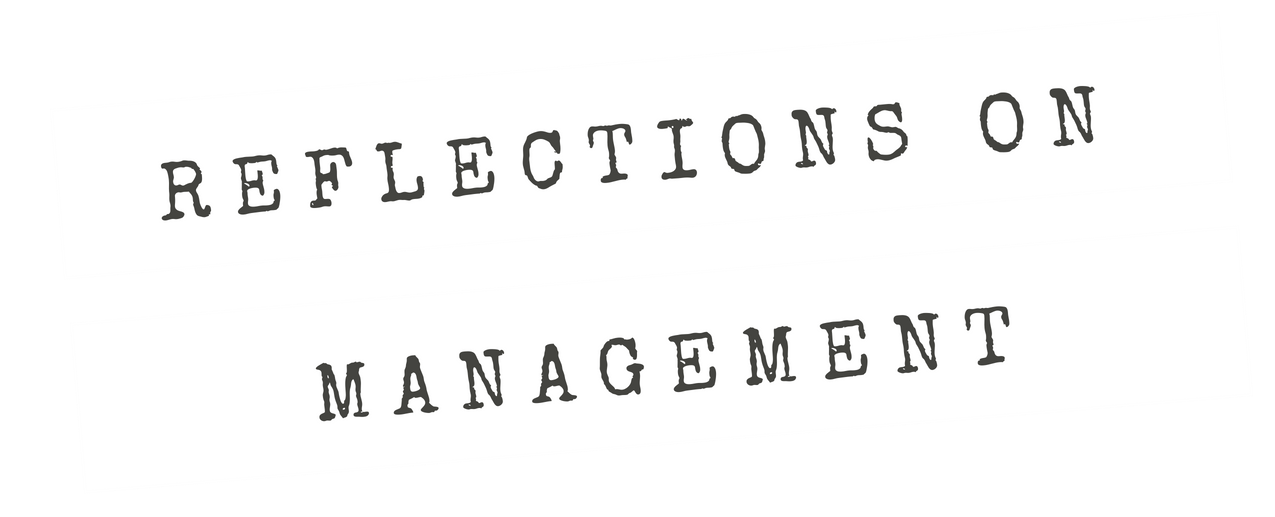This is what happens when counternarratives dominate the discourse. The opponents are viewed as having a deliberate plan which is more deliberate than yours. And the only thing we perceive is that their plan is to undermine you.
Season 6, Episode 3 — Click here to download the transcript
As I discussed in the previous part, the nature and character of competition is not just about who wins, but who has the ability to set the rules. I now move to how one influences the arena in which competition takes place, which in turn influences who is better able to compete. This brings us to the discussion of power — the possession of control, authority or influence over others, per the Merriam-Webster online dictionary. There is a view that people are prone to want to secure and maintain power and are ordinarily not willing to give it up. Thus, having power traditionally means the greater ability to set the rules of competition such that one can sustain one’s own power while limiting the ability of others to compete directly.
Moreover, in the contemporary environment where misinformation and disinformation are very strong, not only does control over the rules of the game matter, but also who has control over the narrative. In contemporary times, emphasis is increasing on top-down control and unity behind the message, as it is recognized how easy it is for opponents to seek out and highlight gaps and inconsistencies. So then the question is what kind of narrative? Is it a tool to build unity toward one’s own view, build bridges to others, or burn bridges instead?
We look to “our” leaders to develop and sustain a competitive strategy that allows “our” views to be heard in what is a hotly charged information environment. There are many ways to develop such a strategy, and I will discuss that in this episode.
Works Referenced:
De Mesquita, B. B., & Smith, A. (2011). The dictator’s handbook: why bad behavior is almost always good politics. PublicAffairs.
Grey, C. G. P. (2016, October 24). The rules for rules. YouTube (video). https://www.youtube.com/watch?v=rStL7niR7gs
Hill, A. A., Douds, D. & Watson, D. (2019). Competitive strategy. In Galvin, T. & Watson, D. (Eds.) Strategic Leadership: Primer for Senior Leaders, 4th Ed. (pp. 37-48). Carlisle, PA: U.S. Army War College.


